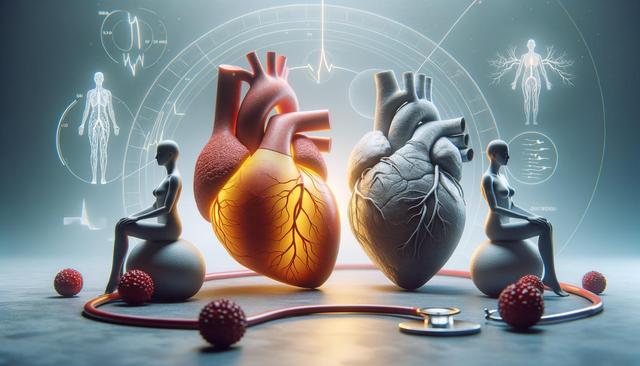What is CAH in Women?
CAH, or Congenital Adrenal Hyperplasia, is a group of genetic disorders affecting the adrenal glands, which are responsible for producing essential hormones such as cortisol and aldosterone. In women, CAH can present unique challenges due to its impact on hormone levels, including androgens. Understanding CAH in women involves recognizing how these imbalances manifest and the implications they can have on a woman’s physical and reproductive health. The condition is often present from birth, but symptoms can vary significantly depending on the severity and type of CAH.
Symptoms of CAH in Women
Recognizing the symptoms of CAH in women is critical for timely diagnosis and management. Common symptoms include:
- Irregular menstrual periods or absence of menstruation.
- Excessive facial or body hair.
- Severe acne.
- Deepening of the voice.
- Enlarged clitoris.
These symptoms result from excess androgen production and can be distressing, impacting a woman’s self-esteem and quality of life. It is essential for women experiencing these symptoms to seek medical advice to explore potential underlying causes, including CAH.
How to Diagnose CAH
Diagnosing CAH involves a series of tests and evaluations, given its complexity. Initially, healthcare providers may perform a physical examination and review the patient’s medical history. Blood tests are crucial for measuring hormone levels such as cortisol, aldosterone, and androgens. An ACTH stimulation test may be conducted to assess adrenal gland function. Genetic testing can also confirm the presence of CAH by identifying mutations in the genes responsible for the condition. Early diagnosis of CAH is beneficial in managing symptoms effectively and improving outcomes.
CAH Treatment in Women
CAH treatment in women focuses on hormone replacement therapy to correct hormonal imbalances. Glucocorticoids are commonly prescribed to replace cortisol, while mineralocorticoids may be necessary for aldosterone deficiency. Adjusting the dosage is crucial to mimic natural hormone cycles and alleviate symptoms. In some cases, surgical options may be considered to address physical changes caused by androgen excess. Regular follow-ups are essential to monitor treatment effectiveness and adjust therapy as needed. Furthermore, psychological support can also play a vital role in addressing the emotional and social impacts of CAH.
When to Seek Medical Advice
Seeking medical advice is vital when symptoms of CAH in women become apparent. Delaying consultation can lead to complications and affect overall well-being. Women should consider consulting a healthcare provider when they notice persistent symptoms like irregular periods, excessive hair growth, or significant changes in physical appearance. Early intervention can help manage symptoms more effectively and prevent complications. A healthcare professional can offer tailored advice and treatment plans that align with individual needs and lifestyle, ensuring a comprehensive approach to managing CAH.
Conclusion
Understanding CAH in women, recognizing its symptoms, and seeking timely medical advice are crucial steps in managing this condition. Women experiencing symptoms should not hesitate to reach out to healthcare professionals for a thorough evaluation and diagnosis. With appropriate treatment and regular monitoring, individuals can manage CAH effectively, improving their quality of life. Awareness and education about CAH can empower women to take charge of their health and access the support they need.
